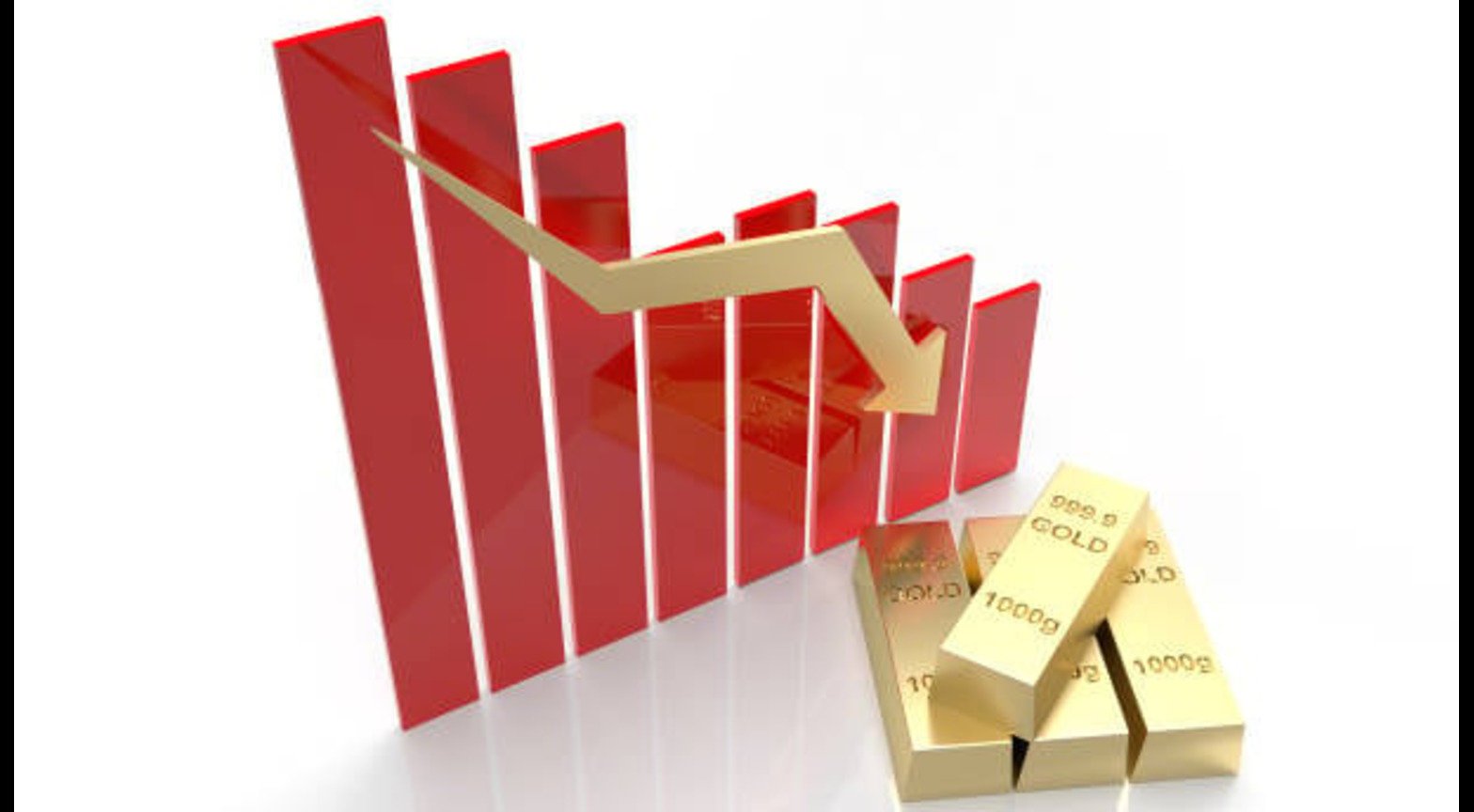Gold Prices Fall Back after Three-Year Sharpest Fall
On Wednesday morning, gold prices reversed, and the market shed its previous gains and extended losses following the dramatic 5% drop on Tuesday, the largest one-day decline in three years.
By the time of writing, gold futures contracts were losing 0.5 percent to $4,087.70 per ounce, and spot gold was losing 4 percent to $4,088.45 per ounce.
Analysts at ING explained the further weakness by profit-taking following weeks of good returns. They said that the market had been overbought in recent weeks. The participants were growing more uncomfortable with the sustainability of the rally.
The sudden sell-off was initially driven by the reduction in geopolitical tensions between the U.S. and China, but investors remain cautious about the impending U.S. inflation figures and upcoming trade negotiations between the U.S. and China, as well as India.
Russell Shor, senior market analyst at Tradu.com, said that gold might be volatile in the near future after plummeting by the most in over ten years. Spot prices dropped to less than 4,070 an ounce as the traders cashed in profits after months of record-breaking profits due to the expectation of Fed rate cuts, a weaker dollar, and the high demand by central banks, Shor said.
He included that the correction was more technical, as it was a cooldown following a long overbought period since September. Gold is up approximately 55 percent this year, despite the pullback, which continues to keep it on a longer-term bullish trend.
Gold had soared to a record high of $4,381 per ounce, only days before the slump, due to a steady central bank purchase, geopolitical insecurity, and expectations of a near-term Fed rate cut.
After the dramatic fall on Tuesday, Citigroup changed its gold perspective, and its rating was lowered to an overweight position. The commodities tea, headed by Charlie Masi-Collie,r cautioned that the high concentration in the market on long positions would result in a phase of consolidation at around $4,000 per ounce in the near future.
Although the conventional tools to do so, like central bank buying and non-U.S. dollar diversification, can be used later, Citigroup analysts observed, there is no rush to buy at current prices that are already beyond the basic devaluation story.
Read More: CPEC’s Role in Strengthening the Pakistan-China Economic Growth and Geopolitics







